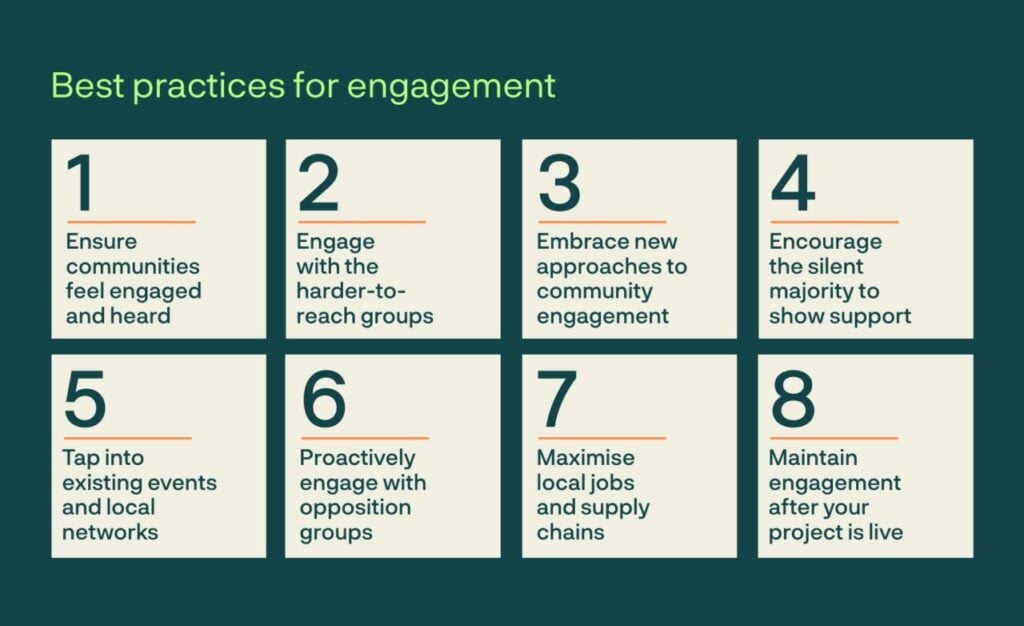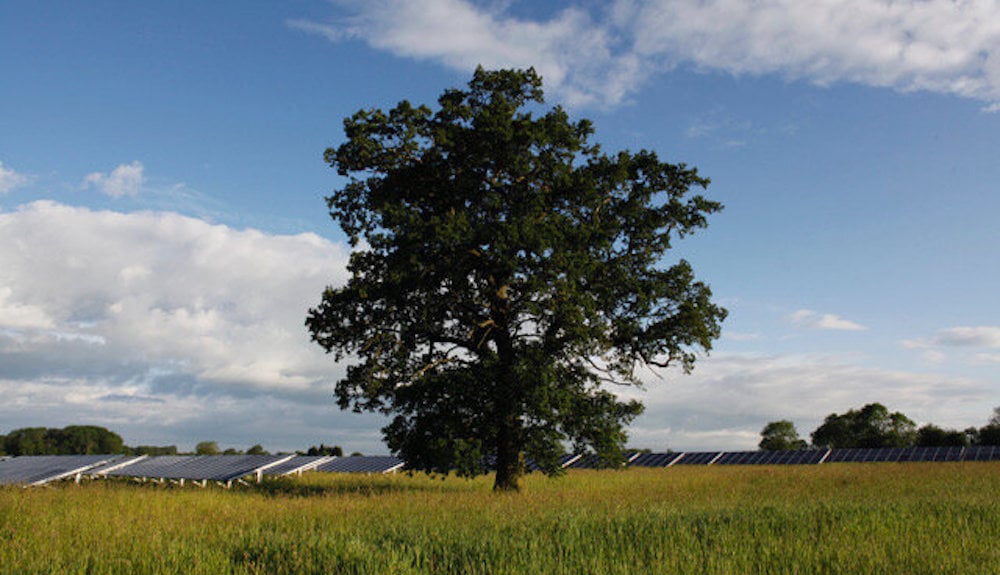Good community engagement practice of developers of renewable energy sources can establish a mutual understanding with local communities, which scored support for renewable energy projects.
To encourage this, and in the name of the aim of supporting a just transition, rain rain non-profit Energy Organization has published a best practice guide for community involvement for renewable energy and storage projects.
According to rain, engagement practices can differ considerably between technologies, organizations and local context. However, it is important that communities are really informed and involved in plans for energy projects in their area.
The guide, Best practice in community involvementWant to support what the organization calls “a more consistent, thoughtful and transparent approach to involvement”.

Rain’s planning leader, Rebecca Windemer, said: “We know that good community involvement is not only a drawing box exercise; it is central to building permission, credibility and local benefit in the long term.
“This manual is about sharing what works in the sector, helping to increase the standard of involvement and support both communities and developers to navigate the energy transition in partnership.”
A crucial element investigated in the guide is a community advantage, in which developers make a voluntary dedication to support the area in which they intend to build.
Rain argues that community benefits discussions must be kept separate from the planning process, which must focus on the technical, environmental and regulatory aspects of the project.
Instead, the discussions about community benefit must run parallel to ensure that the benefit that is delivered is in accordance with the local needs and demonstrating a commitment to support local communities.
A suggestion that the newspaper makes is shared ownership as a form of community advantage, so that communities can directly benefit from renewable generation in their area. This can lead to “considerably” more income for the community than giving a community fund and communities a greater importance in the success of a project.
The guide uses the Forest Gate Solar PV factory developed by Eden Renewables, a 49.9 MW Solar and BESS project in North Wiltshire, which will be up to 20% in the community, as a case study for the success of such schemes.
Solar -PV -Population and Wrong Information
Rain indicates that opposition groups are often well organized and effective in influencing it on the fence over a project, so that they even spread wrong information that feeds resistance.
Proactive involvement is the way to overcome this. Developers must understand and recognize common objections, such as visual impact, noise and land use; By tackling these issues early in the consultation process, rain can prevent conflicts, says rain.
The last issue of the PV Tech Power Journal focuses on the growing recoil against the development of solar PV of local communities. The magazine is available with a Premium subscription to PV Tech or Energy storage.” or one Premium-Plus Subscription to both sites with payared.
Our publisher Solar Media is organizing the UK Solar Summit on 1-2 July this year. Participate in the UK Solar Summit 2025 For your essential annual update to discover how your company can thrive in this dynamic and fast -growing sector.

